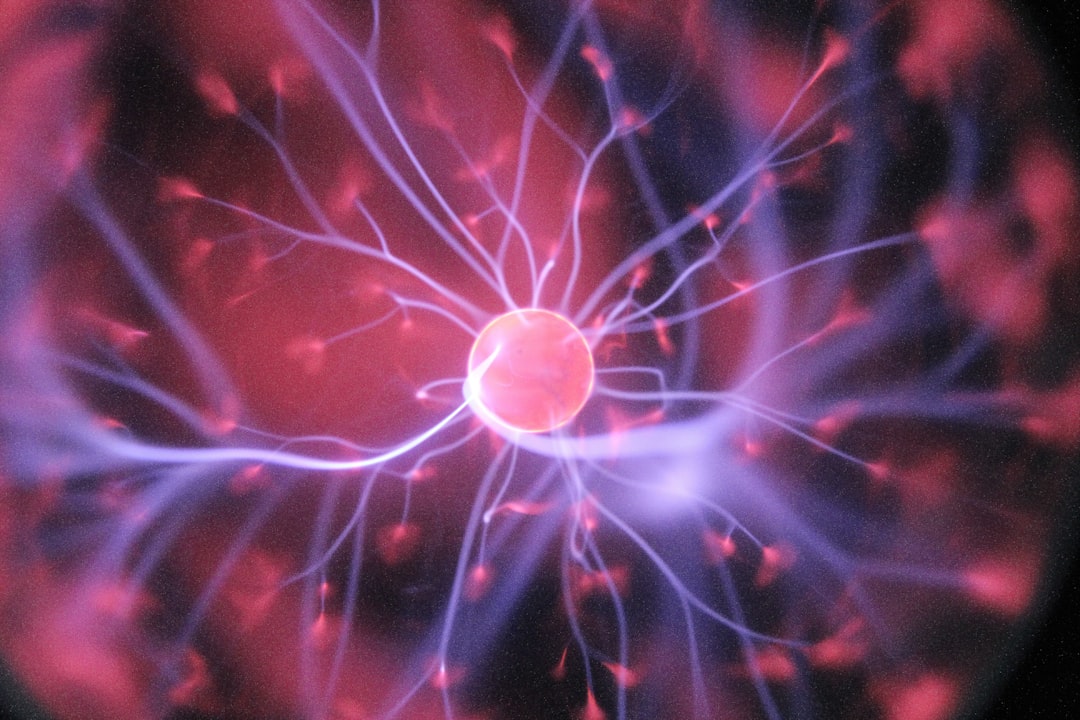What is it about?
In this paper, a novel infra-red (IR) sensitive Er3+ modified poly(vinylidene fluoride) (PVDF) (Er-PVDF) film is developed for converting both mechanical and thermal energies into useful electrical power. The addition of Er3+ to PVDF is shown to improve piezoelectric properties due to the formation of a self-polarized ferroelectric β-phase and the creation of an electret-like porous structure. In addition, we demonstrate that Er3+ acts to enhance heat transfer into the Er-PVDF film due to its excellent infrared absorbance, which, leads to rapid and large temperature fluctuations and improved pyroelectric energy transformation. We demonstrate the potential of this novel material for mechanical energy harvesting by creating a durable ferroelectret energy harvester/nanogenerator (FTNG). The high thermal stability of the β-phase enables the FTNG to harvest large temperature fluctuations (ΔT ~ 24 K). Moreover, the superior mechanosensitivity, SM ~ 3.4 VPa−1 of the FTNG enables the design of a wearable self-powered health-care monitoring system by human-machine integration. The combination of rare-earth ion, Er3+ with the ferroelectricity of PVDF provides a new and robust approach for delivering smart materials and structures for self-powered wireless technologies, sensors and Internet of Things (IoT) devices.
Featured Image
Why is it important?
This paper aims to produce a material with (i) a high fraction of ferroelectric β-phase, (ii) a porous structure to achieve electret-like properties in order to enhance the mechanical energy harvesting ability and (iii) a high optical activity in the IR region for thermal energy harvesting and sensing.
Perspectives
Thus may be beneficial for further development of self-powered electronic skin (e-skin), sensors and other low power electronic systems
Dr. Sujoy Kumar Ghosh
NEST, Istituto Nanoscienze-CNR,Pisa, Italy
Read the Original
This page is a summary of: A hybrid strain and thermal energy harvester based on an infra-red sensitive Er3+ modified poly(vinylidene fluoride) ferroelectret structure, Scientific Reports, December 2017, Nature,
DOI: 10.1038/s41598-017-16822-3.
You can read the full text:
Resources
Contributors
The following have contributed to this page










